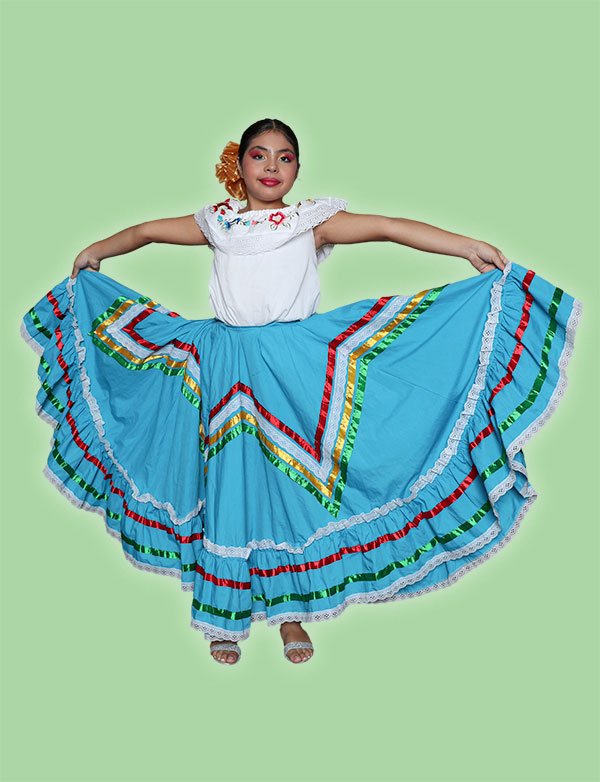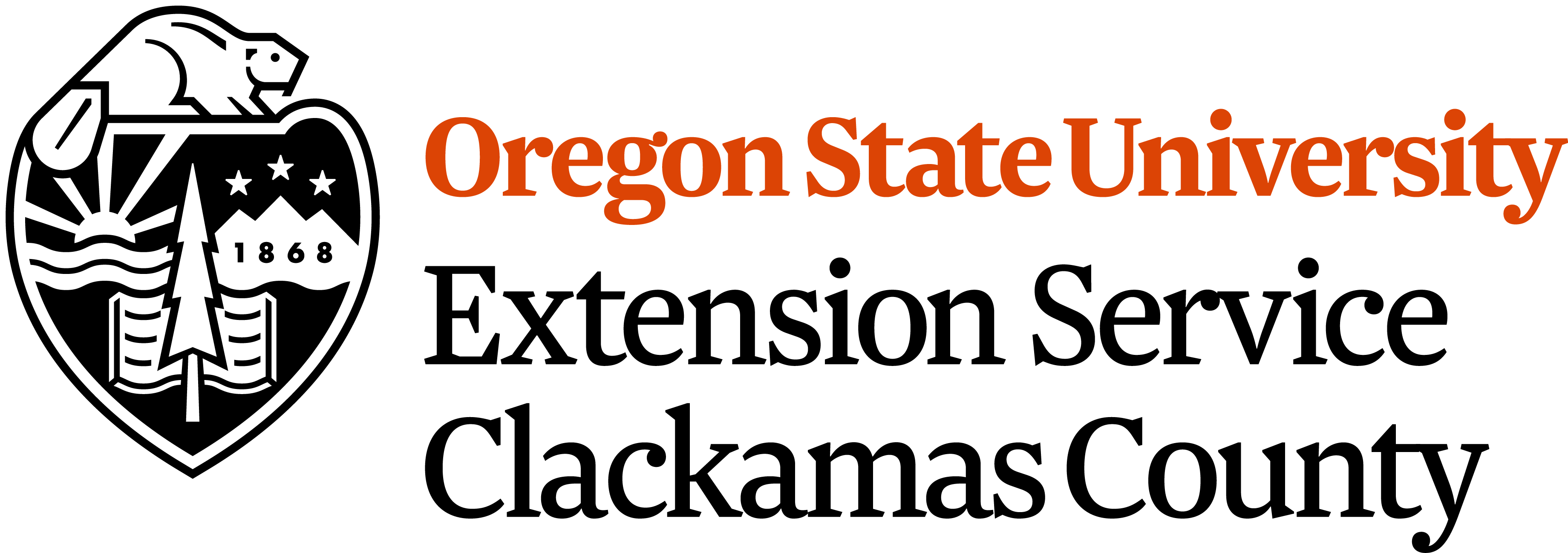4-H YOUTH DEVELOPMENT
Traditional Mexican Dance Builds Confidence and Cultural Connections

Twenty-five young Latinas participated in the 4-H Raices y Alas (Roots To Wings) Baile Folklorico project in Clackamas County this past Spring and Fall. New dancers, age four to fifteen spent weeks learning the traditional Mexican dance steps under the direction of Karin Ramirez Velazquez. Students learned traditional Mexican dance that emphasized local folk culture with ballet characteristics, and honors Mexico’s rich history of Indigenous, African, and Spanish roots. Classes provided a safe place to learn about Mexican and Latin culture and built a strong community with peers through music and dance. At the conclusion of the program, youth performed zapateo (footwork) and skirt work in a stage performance for family and friends.
The goals of the project were to develop self-esteem through awareness and appreciation of one’s culture; inspire appreciation of the arts with an underserved audience; provide access to the Arts for low-income communities; and build community and strengthen family bonds through self-expression and shared interest.
A survey of the dancers showed that they overwhelming enjoyed learning Baile Folklorico and want to continue learning and dancing. Though some youths were nervous about performing, all were enthusiastic and felt confident afterword. They responded that they succeeded in learning something new. Parents attended classes with students and often joined in the dance lessons with their children. Both parents and children made new friends from their communities and participated in a potluck celebration after the performances.
Parents said that 4-H was the only organization in their communities that offered culturally relevant projects for young people. They felt it was important for their children to be able to explore their Latin roots and take pride in their cultural heritage. They shared that the project gave youth a greater sense of security, self-discipline, and independence; help them face their fear of performing in public; helped to trust in themselves; developed a sense of pride, community and culture; and offered new opportunity for their children’s development. All the parents were extremely pleased with the project and asked that this project be continued. They committed that they would also like to have other 4-H Latin cultural project opportunities for youth.
According to 4-H educator Janet Nagele, the program was specially designed to be inclusive of Latinx youth in 4-H by consulting with Latinx parent advisory groups, hiring a bi-lingual dance instructor, offering the program at multiple sites in Latinx communities, removing barriers to participation, and focusing on family involvement. This project was supported in part by a grant from the Clackamas County Cultural Coalition (managed by the Clackamas County Arts Alliance) and made possible by funding from the Oregon Cultural Trust. The purpose of the grant is to remove barriers to participation in performance arts, especially for underserved audiences and facilitate appreciation of cultural assets. Additional support came from community partners who provided free facilities for classes and helped promote the project. They are Hacienda CDC, Molalla Elementary School, St. Paul’s United Methodist church, and Clackamas School District.
